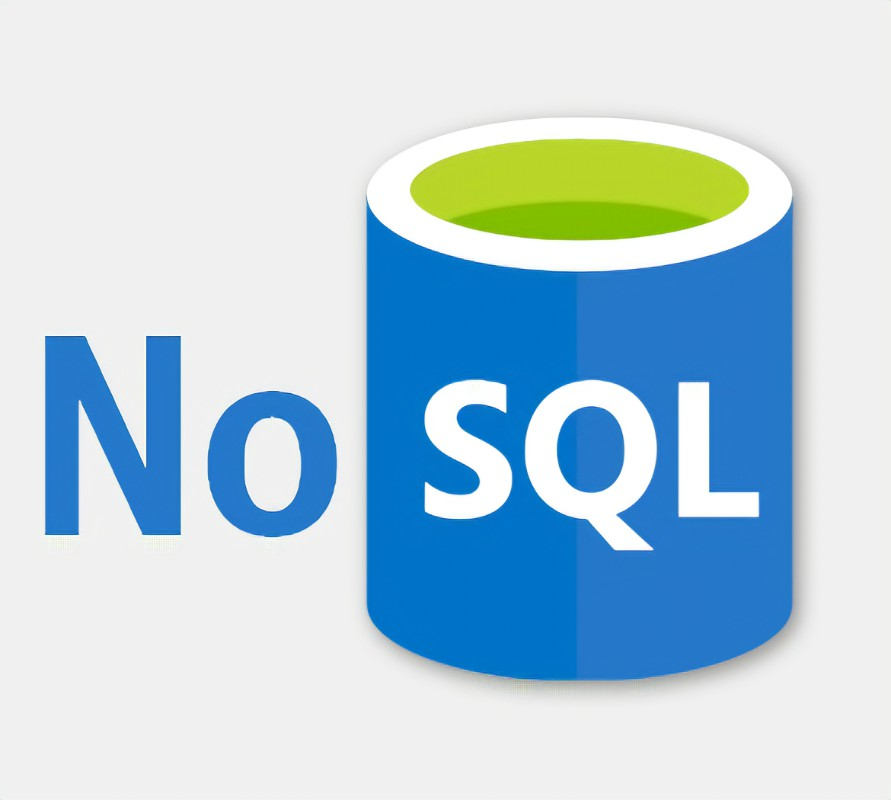PostgreSQL vs NoSQL: Unveiling The Database Dilemma
In the realm of modern data management, the clash between relational and non-relational databases has sparked the PostgreSQL vs NoSQL debate. Each approach offers distinct benefits and limitations, catering to diverse application requirements. This article delves deep into the intricacies of this dilemma, shedding light on their comparative aspects, use cases, and real-world examples.
Relational and Non-Relational Databases: An Overview
Relational databases, epitomized by PostgreSQL, adhere to the structured nature of tabular data. NoSQL databases, on the other hand, embrace flexibility and schema-less designs, offering various models such as document, key-value, column-family, and graph databases.
PostgreSQL: The Versatile Relational Powerhouse
Subheading: The Strength of Structure
PostgreSQL, renowned for its adherence to the ACID (Atomicity, Consistency, Isolation, Durability) principles, excels in scenarios demanding data integrity and complex queries. Its robust support for transactions and relational integrity makes it a prime candidate for applications like e-commerce platforms and financial systems.
Subheading: Example: E-commerce Inventory Management
Imagine a sprawling e-commerce empire dealing with thousands of products, each having distinct attributes. PostgreSQL elegantly organizes this data into structured tables, enabling seamless inventory management, efficient querying, and consistent data modifications.
Subheading: Embracing Flexibility: HSTORE and JSONB
While traditionally relational, PostgreSQL boasts extensions like HSTORE and JSONB, allowing the storage of semi-structured data within a structured framework. This versatility caters to scenarios like dynamic product attributes or user-generated content.
NoSQL Paradigm: Diversity and Scalability

Subheading: Beyond the Schema: NoSQL Flexibility
NoSQL databases champion agility by accommodating evolving data models without rigid schemas. This flexibility suits use cases like content management systems or real-time analytics, where data structures evolve rapidly.
Subheading: Example: Content Management System
Consider a content-rich platform hosting diverse content types: articles, images, videos, and user-generated posts. A document-based NoSQL database empowers efficient storage, retrieval, and dynamic updates of these varied content pieces.
Subheading: Scaling Horizontally: NoSQL’s Edge
NoSQL databases, particularly column-family and key-value stores, excel in distributed, horizontally scalable architectures. They shine in scenarios demanding high throughput, like IoT data streams or massive user-generated data.
Choosing the Right Fit: Factors to Consider
Subheading: Data Complexity and Structure
If your application thrives on complex relationships and transactions, PostgreSQL’s structured approach is ideal. NoSQL databases, with their schema flexibility, are apt for applications with evolving or unstructured data.
Subheading: Scalability and Performance
For applications expecting rapid growth and high scalability needs, NoSQL databases offer a better fit due to their distributed nature. PostgreSQL can scale vertically but might face limitations in horizontal scaling.
Subheading: Data Integrity and Transactions
When data integrity and consistency are paramount, as in financial systems, PostgreSQL’s ACID compliance shines. NoSQL databases might compromise these aspects for improved performance and scalability.
PostgreSQL vs NoSQL:
| Criteria | PostgreSQL | NoSQL |
|---|---|---|
| Data Model | Relational (Tables) | Various Models |
| Transactions | ACID Compliant | Eventual Consistency |
| Schema | Rigid | Flexible |
| Scalability | Vertical | Horizontal |
| Use Cases | Complex Queries, ACID | Agile, Rapid Growth |
Real-world Examples
Subheading: PostgreSQL in Action
A notable PostgreSQL user is Instagram, which relies on it to handle millions of images and metadata while ensuring data consistency. The structured nature of PostgreSQL aligns with the need to manage user interactions and multimedia content efficiently.
Subheading: NoSQL Success Story
Twitter, a platform generating an avalanche of real-time data, leverages NoSQL databases. The dynamic, unstructured nature of user tweets and interactions necessitates the flexibility that NoSQL offers for quick data storage and retrieval.
Schema Design: NoSQL’s Flexibility
Subheading: Schema-less Design in NoSQL
One of NoSQL’s standout features is its schema-less design. This design choice is particularly advantageous when dealing with unstructured or semi-structured data, allowing rapid adaptation to changing data requirements.
Subheading: Example: Social Media User Profiles
In a social media application, user profiles often have varying attributes. NoSQL’s schema flexibility accommodates this seamlessly. As users update their profiles with new information, the database adjusts dynamically without requiring predefined table structures.
Data Consistency and Availability
Subheading: PostgreSQL’s Consistency Model
PostgreSQL upholds strong data consistency through its support for ACID transactions. This is vital in scenarios where maintaining data integrity, even during failures, is crucial, such as online banking systems.
Subheading: NoSQL’s Eventual Consistency
NoSQL databases often embrace eventual consistency, a model that prioritizes availability and partition tolerance over immediate consistency. This approach suits applications where occasional data discrepancies are tolerable, like content distribution networks.
Use Cases: When to Opt for Each
Subheading: PostgreSQL Use Cases
PostgreSQL excels in applications requiring complex queries, data integrity, and well-defined relationships. Use it for financial systems, e-commerce platforms, and data warehouses.
Subheading: NoSQL Use Cases
NoSQL databases shine when handling massive amounts of unstructured or semi-structured data with high read and write demands. Choose NoSQL for real-time analytics, content management systems, and IoT data processing.
Conclusion
In the dynamic landscape of database management, the choice between PostgreSQL and NoSQL hinges on your application’s unique demands. PostgreSQL’s structured power appeals to scenarios demanding data integrity and complex querying, while NoSQL’s versatility thrives in applications where flexibility and scalability are paramount. Analyzing your application’s intricacies and growth trajectory will lead you to the optimal database solution, ensuring optimal performance and efficiency.






Leave a Reply